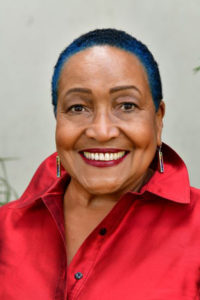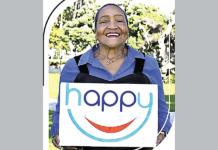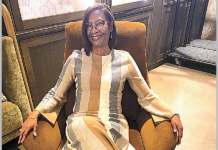
The Blue Zones of Wellness
by Arnette Travis
Author – Activist – Advocate
A National Geographic Explorer named Dan Buettner spent years researching places in the world where people live considerably longer, healthier lives than elsewhere. His research identified five regions and named them Blue Zones. He identified nine practices that the original five regions shared. These are:
- Move naturally
- Purpose
- Down shift
- 80 percent rule
- Plant slant
- Wine @ 5
- Belong
- Loved ones first
- Right tribe
To many people, wellness is a New Age concept that approaches health holistically. Actually, the foundation of wellness as a preventative practice dates back to 500 BC, to the ancient Greek physician Hippocrates, who believed that diet, lifestyle and environmental factors play a starring role in the health of our bodies and minds. Modern science has proven him correct.
As used here, the term “wellness” includes the good health of mind, body and spirit – which, in practice, is preventative. To ignore the health of any one of these is to put the others at risk.
My earliest memory of wellness dates back to the early 1960s. As a small child, I dragged a burlap sack along the rows of my grandmother’s vegetable garden as she pulled the weeds that insisted on growing among the food that she would eventually pick and prepare for our family. “You are what you eat.” These five words spoken decades ago by my grandma still echo in my daily life. My grandmother had a high school education but kept a set of medical encyclopedias alongside her Christian Science Monitor and Readers’ Digest magazines. And although she ate with health in mind, she eventually developed Alzheimer’s disease in her late 60s. As it turns out, it takes more than diet to maintain mental health.
As I read the Blue Zones’ Power Nine, I identified with the simple, common sense behind each practice. It became clear that by making small lifestyle changes, large positive outcomes could be achieved without excessive energy, thought or cost. In 2010, the community I live in adopted a Blue Zones Project. My community is one of three Beach Cities designated as a Blue Zone and has achieved (among other things) the lowest childhood obesity rate in the United States. A huge boost to my personal health came as a result of quitting a 40-plus-year smoking habit and volunteering in my community.
While your community may not adopt an official Blue Zones Project, most of us would like to live a long time, and of course, enjoy good health. If this is you, visit www.bluezones.com to learn more. Better yet, take the four-week Blue Zones Life Challenge and create your personal Blue Zone.












